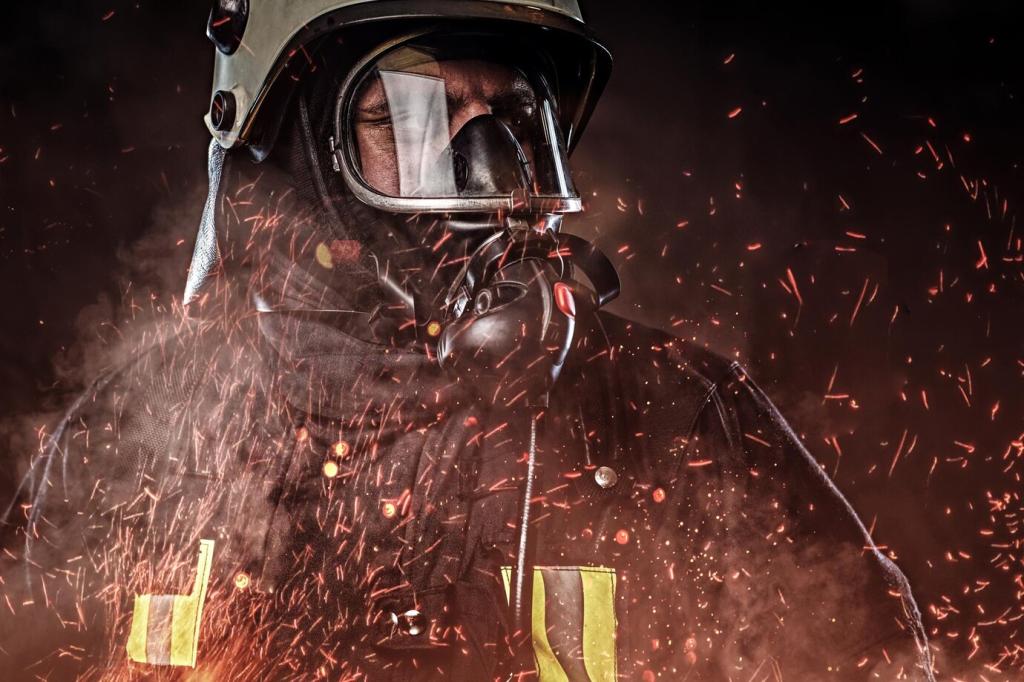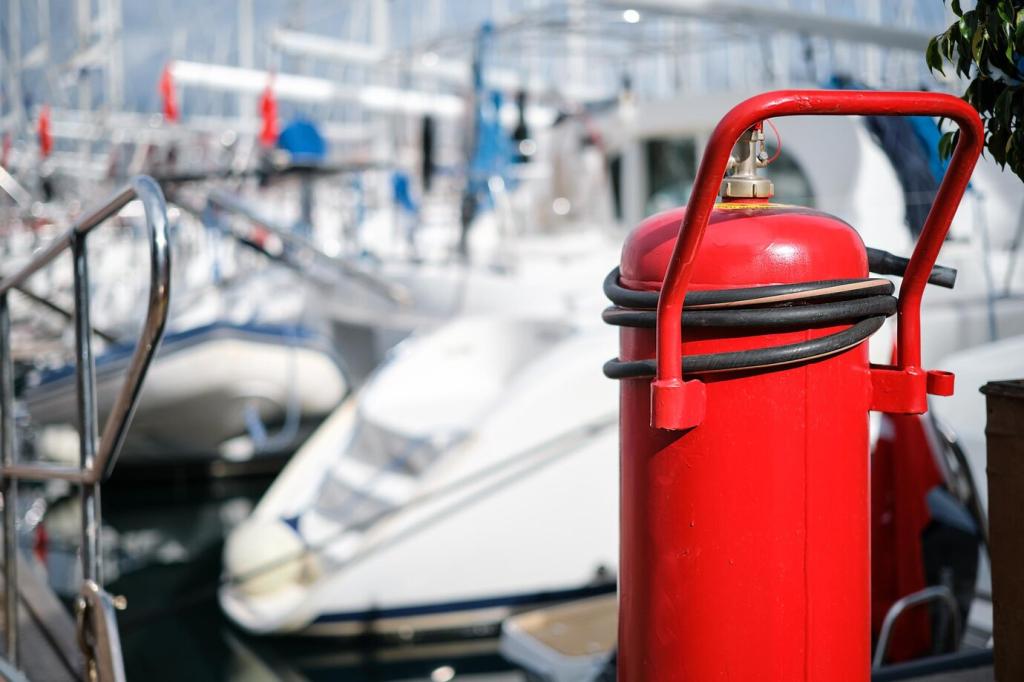Ancestral Knowledge and Cultural Burning
From California tribes to Australian Aboriginal fire practitioners, cultural burning maintained food plants, cleared travel routes, and reduced extreme fire risk. Elders read wind, dew, and animal behavior to pick the right moment. Add a comment if your community collaborates with cultural firekeepers, and what you are learning together.
Ancestral Knowledge and Cultural Burning
Historical tree rings and oral histories reveal frequent, low-severity fires that prevented fuel buildup. When those rhythms were interrupted, forests grew denser and more flammable. Reintroducing intentional fire, guided by traditional knowledge, can help restore that balance and strengthen ecological resilience for generations to come.





